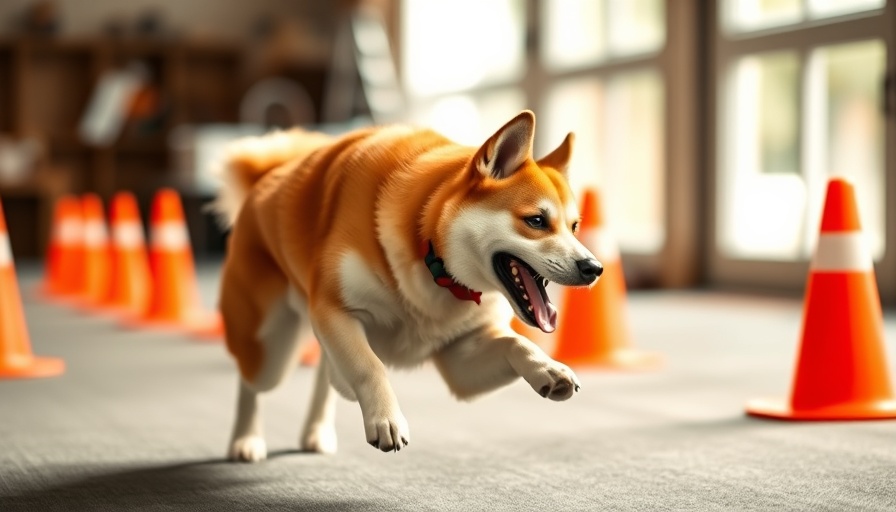
Understanding Mobility Challenges in Pets
As National Mobility Awareness Month rolls around each May, it serves as a crucial reminder for pet owners and veterinary professionals alike to pay attention to the mobility challenges faced by our furry companions. Highlighted by three essential articles, there is a growing recognition of how issues like canine osteoarthritis and intervertebral disc disease (IVDD) can severely affect a dog's quality of life.
Creating a Tailored Plan for Osteoarthritis
One standout article by Dr. David Dycus offers an in-depth look at creating a comprehensive management plan for canine osteoarthritis. Dr. Dycus emphasizes a multimodal approach that combines various therapies tailored to individual patients. This approach not only addresses the physical challenges dogs face but also improves the pet-owner bond, allowing caregivers to feel empowered and knowledgeable in managing their pets’ conditions.
Innovative Home Hacks for Aging Pets
Dr. Tyler Carmack’s segment introduces practical home adaptations that can significantly enhance the day-to-day lives of geriatric pets. From installing ramps to adjusting feeding setups, these insights serve to educate pet owners on proactive measures that can help their aging pets navigate everyday challenges. This information not only builds trust in veterinary teams but also supports pet caregivers who want the best for their companions.
An Insightful Look at IVDD
Moreover, a research study spearheaded by Miranda Morman focuses on understanding IVDD's long-term impact on both pets and caregivers. By interviewing 31 pet owners whose dogs had undergone treatment for IVDD, Morman's study reveals critical insights into how this debilitating condition affects daily life and the emotional toll it can take on caregivers. Knowledge of these factors can facilitate improved communicative strategies within veterinary practices, ensuring that pet owners are better equipped to manage care.
Connecting with the Community of Pet Care
In sum, the collective findings from these articles underscore the importance of ongoing education surrounding mobility issues in pets. They encourage veterinary teams to share knowledge that empowers pet owners in making informed decisions. By actively engaging with these resources, veterinary clinic owners and practitioners can enhance their operational efficiency and client relationships.
As you reflect on these essential readings, consider how implementing just one new strategy can transform the experience of your clients and their pets. Knowledge is a powerful tool in the veterinary field—let's use it to foster better care standards for our beloved animals.
 Add Row
Add Row  Add
Add 




Write A Comment